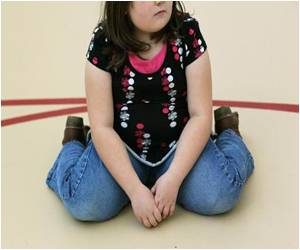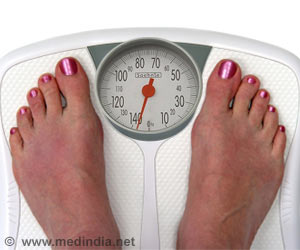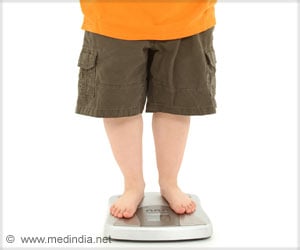Obese people in the study kept more food visible throughout the house and generally ate less-healthy foods like sweets, than non-obese research participants.

The study focused primarily on determining whether the home environment -- architectural features and food storage and availability -- was associated with obesity, but also measured a number of psychological factors. While architectural features had no relationship to obesity status, several food-related findings did.
People in the study who were obese kept more food visible throughout the house and generally ate less-healthy foods, such as sweets, than non-obese research participants.
"The amount of food in the homes were similar, but in the homes of obese individuals, food was distributed in more locations outside the kitchen," Emery noted. "That speaks to the environment being arranged in a way that may make it harder to avoid eating food."
In addition, obese participants reported significantly lower self-esteem related to their body weight than did non-obese people. Obese participants also reported more symptoms of depression. The study involved 100 participants between the ages of 20 and 78. Fifty were not obese, and the 50 obese participants had an average body mass index (BMI) of 36.80 (a BMI of 30 indicates obesity).
The study was published in the International Journal of Obesity.
Advertisement














